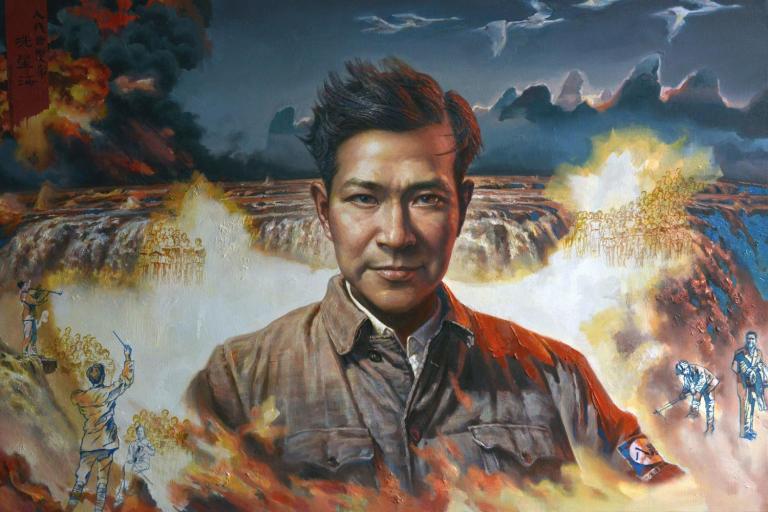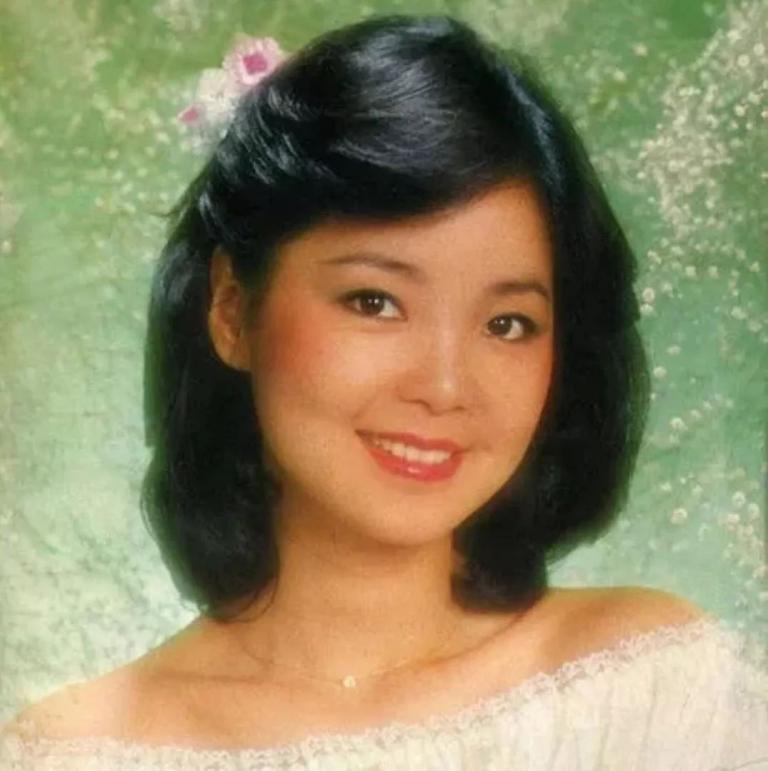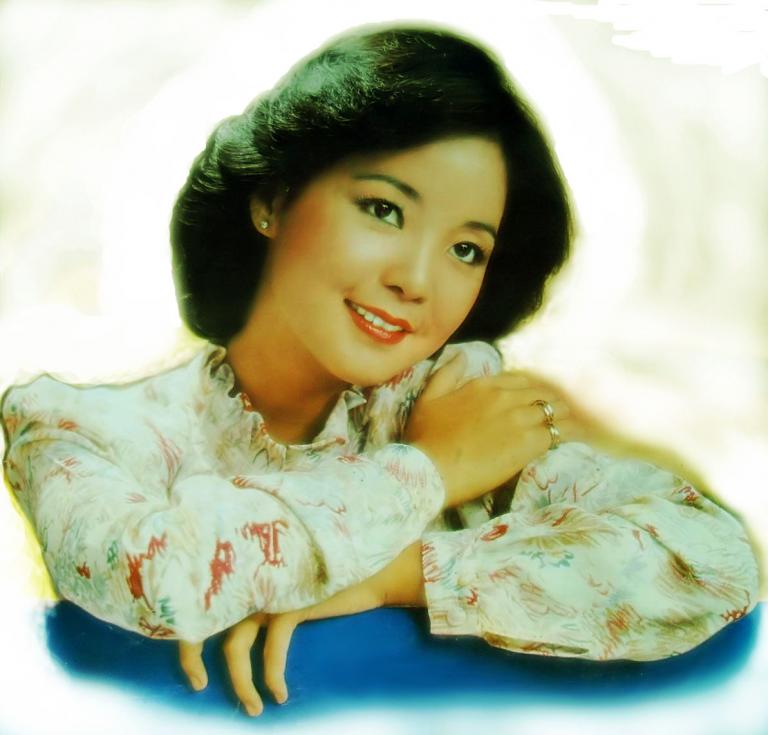Singing Aloud: Great Popularization of Songs
7 min readIn the 2oth century, great changes took place in China, and Chinese music also went through twists and turns. It is worth mentioning specially that in the past 100 years, the creation and singing of Chinese songs underwent unprecedented development, various types, tunes and styles of songs emerged one after another, and they are still lingering today.
“Classroom songs”were the precursor of Chinese new music. Classroom songs were some songs sung a lot in music courses of various new schools around China atthe beginning of the 2oth century. Most of these songs were transcribed in numberedmusical notation. In the early period, most of their lyrics were written by returned overseas students according to the tunes of Japan, Europe and America, and later folk tunes or new tunes were used instead. In 1903, the first Chinese classroom song Ambitious Men emerged in Shanghai.

“Beyond the distant pavilion, beside the ancient road, jade green and fragrant, high grass joins the sky. Evening breeze sways dripping willows, dying flute notes linger still. On the hill behind the hill, the sun sets. To the ends of the earth and corners of the seas, half our friends are scattered. With a scoop of thick wine, let’ senjoy what joy remains. Tonight’s cold dreams shall be held at bay.”This song titled
See a Friend Off is a representative work among classroom songs with deep connotations and a melodious tune, sung generation after generation and touching the depths of people’s hearts. The tune of See a Friend Off is based on the American song Dreaming of Home and Mother composed by John P. Ordway. In 1907, Japanese lyricist Indo Kyukei wrote Travelling Sadness to the melody of this song, and in 1914, the advocate of Chinese new music Li Shutong (1880-1942) was inspired and created See a Friend Off. Today, Travelling Sadness is still popular in Japan, and See a Friend Off is also a classic song in China.
From the perspective of China’s music development history, the creation and spread of classroom songs was of great significance: first, they contributed a number of excellent early vocals to China’s modern and contemporary music, and anticipated”new music”creation; second, through the spread of songs and school education in music, Western music theories and skills began to spread in China systematically in a wide range, promoting the “introduction of Western music to the East”; third, the earliest talents in China’s modern music history were fostered to establish and develop school education in music, laying a solid foundation for the development of China’s modern and contemporary music.
Yellow River Cantata can be called a peak in China’s song development history of the 2oth century. Yellow River Cantata composed by Xian Xinghai and written by Guang Weiran was created in 1939 during the War of Resistance Against Japan.
Against the backdrop of the Yellow River, it eulogizes the Chinese nation’s glorious history and the Chinese people’s unbending spirit, shows invaders’ atrocity and the deep sufferings the Chinese people were experiencing as if weeping and complaining, calls on people in China and the world to fight for national liberation, and manifests the magnificent historical scene and heroic spirit through abundant artistic images.
Yellow River Cantata consists of the prelude and eight movements.There are diversified performance forms,e.g.Prelude is a band performance,The Song of the Yellow River Boatmen is a mixed chorus,Ode to the Yellow River is a baritone solo,Water in the Yellow River Comes from the Sky is a poetry reading with music,Ballad of the Yellow River is a female two-part solo,Dialogue Song By the Yellow River is asoprano solo,Defending the Yellow River is singing in unison and rounds,and Shout Aloud,Yellow River!is a mixed chorus.The movements are all relatively independent,and form sharp contrast with each other in terms of contents expressed,singing forms and musical images.Meanwhile,the whole song is highly unified and closely associated with the theme of the Chinese nation’s fight against Japan.Several basic tones run through the whole cantata.In terms of the musical layout,Prelude shows the theme,the chorus at the beginning and that at the end echo with each other,the movements in the middle develop in turns,and each movement is preceded with a reading.Yellow River Cantata is a grand epic suite of vocals with salient nationalcharacteristics and time spirit.It was of great importance in China’s modern music history,and exerted huge and far-reaching influence on later cantatas and creation of other musical styles.
People began to get familiar with the phrase”popular song”in the late 1970s after the beginning of China’s reform and opening up,but few people know that actually the first Chinese popular song titled Drizzle and sung by Li Minghui emerged in 1928.
Li Minghui was 19 years old then. The lyrics of this song were written by her father Li Jinhui. The Li family played a very important role in China’s popular music development history. Li Jinhui always let her daughter sing the songs created by him, so Li Minghui became the first star popular song singer in China’s singing circles. Li Jinhui’s popular music was a brand new direction in China’s music history. His creations formed a mighty current with others’ creations, formed a symbiotic andmutually dependent relationship with star singers, movie stars, singing clubs and movies, became a representative of Shanghai culture in the 1930s and 1940s, and still have influence today. For example, When Will You Come Back Again,a song familiar to people, was just a representative of popular music in that period. It was originally a song in the 1938 movie Stars Moving around the Moon sung by the popular movie star Zhou Xuan. This movie did not receive much attention, but this song remained popular for long and became a song with far-reaching significance in China’s modern popular music history.
Teresa Teng was another unsurpassable singer like Li Minghui in China’s popular music history. She was born in Taiwan in 1953, and took the Chinese and Japanese singing circles by storm in the 1980s with her tender and sweet voice, unique Teng-style vocal music and consummate singing skills. As the saying goes,”where there are Chinese people, there are Teresa Teng’s songs”. Now innumerable singers have sung covers of her classic songs to pay tribute to her.

Teresa Teng’s songs have a kind of natural beauty like floating white clouds and flowing stream water. They make people feel easy and happy, but their aesthetic tastes remain strong. For example, The Moon Represents My Heart goes like this:”You asked me how deep I love you. My feelings towards you are also true. The love is true.
The moon represents my heart..”The lyrics and melody seem simple. Teresa Teng perfectly interpreted this song with her unique sweet and slightly melancholy voice and abundant artistic conceptions full of emotion. In the last year of the 2oth century, Radio Television Hong Kong selected “ten best Chinese songs of the 2oth century”according to experts’ recommendations and public opinion, and Teresa Teng’s famous song The Moon Represents My Heart was among them. Teresa Teng was the only singer selected in the activities of selecting famous songs of the 2oth century held in Hong Kong, Taiwan and Japan in that year for her songs. She was undoubtedly one of the brightest stars in the splendid constellation of China’s popular song circles in the 20th century.
In sharp contrast with Teresa Teng’s songs once called “decadent music”,a strong”northwest wind”blew from the northwest of China in the 1980s. This was an unprecedented peak of original songs’ development in China mainland.A number of truly representative works and singers with real ability emerged one after another.
These musical works are rooted in the traditional culture of the northwest of China, and express the unique loess complex. The profound national and cultural connotations, the rock rhythms shaking the body and soul and singers’ modern singing methods and interpretations made northwestern songs all the rage. Among them, Loess Plateau by Hu Yue, Nothing to My Name by Cui Jian, My Beloved Hometown So Much by Tian Zhen, Travel in the Sky by Hang Tianqi and Mountain Village by Na Ying are most representative.
In the 21st century, new development trends of Chinese popular music emerged, and it was increasingly fashionable, urban and commercial. Street dances and hip pop from Europe and America, fast-tempo songs and hot dances from Japan and South Korea, etc. all influenced the entertainment tastes of the new generation of young people. Chinese popular music also continued innovation and pursued its individuality in the course of accelerated integration with world popular music, and some singersand bands with real ability emerged successively. With the rapid development of the Internet,a new form of music-Internet music-began to come to the fore suddenly, and a lot of common people introduced the songs created by them to the society through the Internet. Popular music creation and singing styles have really entered a period of free development of different forms and styles.









